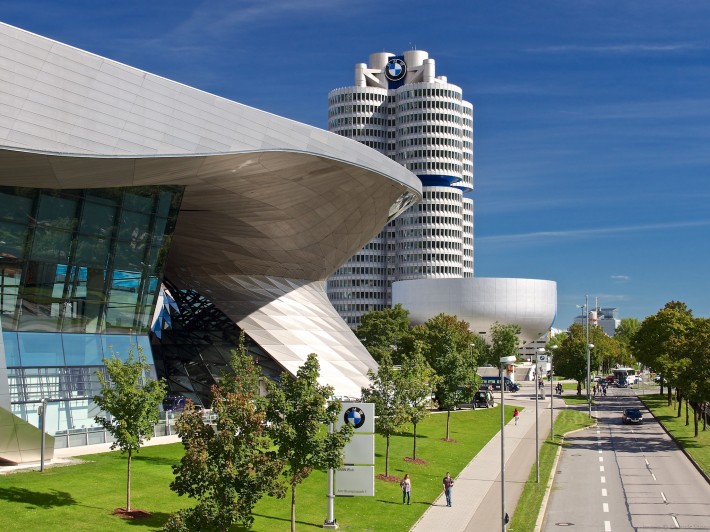Derrick Story of thedigitalstory.com has been a fan of the Olympus portable cameras for a few years now, and has really taken a liking to the Olympus OM-D E-M5 mirrorless camera. He recently traveled to Cologne, Germany armed with the micro four thirds compact camera, and his story proves that you can get a whole lot of bang for such a small package.
"Two years ago when I boarded a plane in San Francisco to cover Photokina in Cologne, Germany, I lugged a very large backpack with over 30 pounds of photo and computer gear. Since I was on the go constantly during my assignment for Lowepro, I wore the backpack for hours on end. By the time I boarded the plane in Germany for the trip home, mt neck and shoulders were ready for a few days rest.

This year, I was lucky enough to get the assignment again. But this time I was going to learn from my past experience. Plus, there was new gear available to help me lighten my load. Instead of my DSLRs and heavy zooms, I opted for an Olympus OM-D E-M5 with grip, Panasonic 12-35mm f/2.8 zoom, Olympus 45mm f/1.8 prime, and an Olympus PEN mini with a 17mm f/2.8 prime as a backup and street shooter.
I rounded out my kit with a flash, modifiers, audio recorder, mic, and a MacBook Pro 15" Retina display laptop. Everything fit in a much smaller Lowepro DSLR Video Fastpack 250 AW that fit under the airline seat, in the overhead compartment, and on a variety of buses, trains, and cabs. And most importantly, when the day was done, my neck and shoulders still felt great.
Micro Four Thirds Comes of Age
Two key developments in 2012 made this transition possible for assignment work. First, Olympus released the OM-D E-M5 with a 16 MP Sony sensor, 5-axis image stabilization, 9 frames per second burst mode, and weather sealing. I can push the ISO up to 1600 with great results, and to 3200 with very good image quality. Since much of my work is existing light, I needed a body that could deliver the results in a variety of conditions.
The second key to success was Panasonic's 12-35mm f/2.8 constant aperture zoom, that's also weather sealed. Its effective focal range is 24-70mm -- for micro four thirds you double what's listed on the lens. Having a fast aperture zoom allowed me to shoot inside the trade show and cover evening events without having to jack up the ISO. Plus, when desired, I could soften the background by shooting wide open.

This is something, however, that DSLR shooters need to be aware of when working with micro four thirds. Since the sensor is smaller than both APS-C and Full Frame bodies, creamy soft backgrounds are harder to come by. Your only hope is to work with fast aperture lenses that can produce the effect, though not as easily as with an equivalent lenses on a DSLR.
Resolution is another consideration. Most of my work is published on the web. The 16 MP sensor in the OM-D has plenty of pixels for me, even with some cropping. When I print, I'm usually working with 13x19 or 16x20 prints. As long as I don't need to aggressively crop the image, I'm fine for printing. And quite honestly, my computer and hard drives are both happier with the smaller RAW files.
Street Shooting
During my off-time, I'd pack the OM-D in a Lowepro Passport Sling and tour the city on foot. I like the Passport Sling because I can remove the protective camera box and fold everything flat inside my suitcase. When I get to the hotel, I pull out the bag, and I'm ready to explore.

The discrete OM-D doesn't attract much attention when out in public. By switching to the kit 14-42mm zoom, it looks even less professional. Sometimes I'll compose using the LCD (which angles up and down) instead of holding the camera up to my face and looking through the electronic viewfinder. This is the icing on the tourist cake.
Overall Impressions
The OM-D E-M5 is a serious camera packed into a compact, handsome, retro-styled body. If you're willing to invest in premium glass, it's capable of assignment work as well as a discrete companion on the streets.
I'm looking forward to testing the newly released Panasonic 35-100mm f/2.8 zoom. Having a wide aperture long zoom will round out my kit, and should help with those soft backgrounds."









Kind of strange, it's still a larger camera than the original OM-1.
The OM-1 is longer and heavier